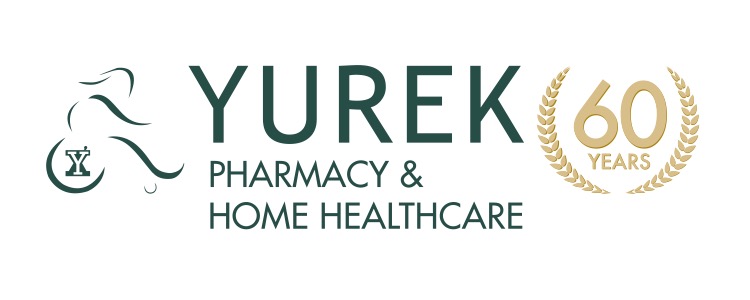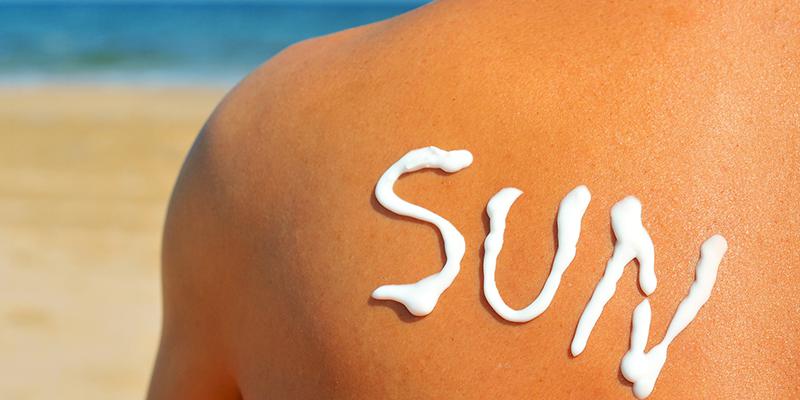We all look forward to the summer. Nothing feels better than the warm sun on your skin, doing outdoor activities with family and friends. It is important to be aware, however, that sun exposure has both positive and negative effects.
Positive effects of the sun include warmth (infrared radiation), light (visible light), and vitamin D3 synthesis in the body. Sunlight also enhances people’s moods and kills pathogens. Despite these advantages, overexposure to UV radiation can also have adverse health effects, including sunburn, premature ageing, skin cancers, diseases of the eye, and immune suppression.
Symptoms of mild sunburn are usually temporary (such as red skin that is painful to the touch). and can be safely treated at home. Severe sunburn requires medical attention. Common sunburn symptoms also include: blisters that develop hours or days later; severe reactions (also called “sun poisoning“) including fever, chills, nausea, or rash; and peeling skin on sunburned areas several days after the sunburn.
Prevention is the best remedy for sunburn. Some simple steps to follow: Limit time in the midday sun (11 am- 4pm) when your shadow is shorter than you; look for shade; and use the UV index to plan your daily activities. If you do want to be out in the sun, then a sunscreen and protective clothing such as a wide brimmed hat, long sleeved shirt and shoes are the best protection. It is also important to wear sunglasses that are UV rated to protect your eyes from the damaging sun. Sunscreens come in varying sun protection factors (SPF) to protect from sunburn. Use at least an SPF of 30 but the higher the number the better. It is best to apply a sunscreen thickly; in fact a person should use half of a 110-ml bottle of sunscreen per application. Ask your pharmacist’s help to make sure you are selecting the best sunscreen to protect you and your family from overexposure to the sun. Take care of yourselves and each other.







One Comment